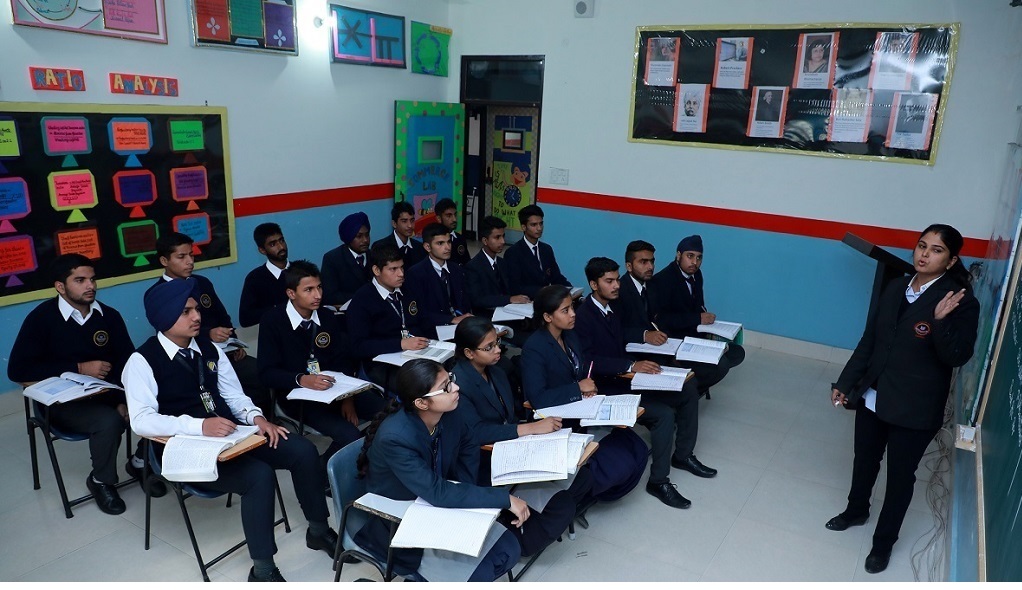ICSE Class XII Chemistry Question Paper 2022 : cisce.org
Organisation : Council For The Indian School Certificate Examinations
Class : Class XII
Document Type : Specimen Question Paper
Subject : Chemistry
Semester : 1 And 2
Year : 2022
Website : https://cisce.org/publications.aspx
ICSE Class XII Chemistry Question Paper
Council For The Indian School Certificate Examinations (ICSE) Class XII Chemistry Specimen Question Papers Semester 1 and 2 for the year 2022.
Related / Similar Question Paper : ICSE Class XII Physics Question Paper 2022

Class XII Chemistry Questions
Question 1
Na and Mg crystallise in bcc and fcc structures respectively. The value of Z (number of atoms) for their crystals is
(a) 8 and 14
(b) 2 and 4
(c) 14 and 8
(d) 6 and 4
Question 2
Colligative properties depend on
(a) The nature of solute particles in solution
(b) The number of solute particles in solution
(c) The nature of solute and solvent particles
(d) The physical properties of solute particles in solution
Question 3
On dilution, the specific conductance of a solution
(a) Remains unchanged
(b) Increases
(c) Decreases
(d) First increases then decreases
Question 4
The flux used in the extraction of iron from haematite ore is
(a) Limestone
(b) Silica
(c) Coke
(d) Calcium phosphate
Question 5
Which of the following xenon fluoride of xenon cannot be formed?
(a) XeF2
(b) XeF4
(c) XeF6
(d) XeF3
Question 6
The gas obtained on heating iodoform with silver powder is
(a) Propane
(b) Ethane
(c) Ethyne
(d) Ethene
Question 7
Boiling point of ethyl alcohol is greater than diethyl ether due to
(a) Vander Waals forces
(b) London forces
(c) Polarity
(d) Hydrogen bonding
Question 8
In a face centred cubic lattice, atom ‘A’ occupies the corner positions and atom ‘B’ occupies the face centred positions. If one atom of ‘B’ is missing from one of the face centred points, the formula of the compound will be
(a) AB2
(b) A2B3
(c) A2B5
(d) A2B
Question 9
The standard reduction potential values of three metallic cations X, Y and Z are 0.52 V, – 3.03 V and -1.18 V respectively. The order of reducing power of the corresponding metals is
(a) Y > Z > X
(b) X > Y > Z
(c) Z > Y > X
(d) Z > X > Y
Question 10
If molality of the dilute solution of a non-volatile, non-dissociating and non-associating electrolyte is doubled, the value of molal elevation constant or Ebullioscopic constant (Kb) will be
(a) doubled
(b) halved
(c) tripled
(d) unchanged
Question 11
Extraction of zinc from zinc blende is achieved by
(a) Electrolytic reduction
(b) Roasting, followed by reduction with carbon
(c) Roasting, followed by reduction with another metal
(d) Roasting, followed by self-reduction
Question 12
The most powerful oxidizing agent is
(a) Fluorine
(b) Chlorine
(c) Bromine
(d) Iodine
Question 13
During the course of SN1 reaction, the intermediate species formed is
(a) A free radical
(b) A carbanion
(c) A carbocation
(d) An intermediate complex
Question 14
Which type of defect has the presence of cations in the interstitial sites?
(a) Schottky defect
(b) Vacancy defect
(c) Frenkel defect
(d) Metal deficiency defect
Question 15
Reaction between acetone and methyl magnesium chloride, followed by hydrolysis will give
(a) tert-butyl alcohol
(b) iso-butyl alcohol
(c) iso-propyl alcohol
(d) sec-butyl alcohol

Download ICSE Class XII Chemistry Question Paper
Download ICSE Chemistry Semester – 1 Class XII Question Paper Here :
https://www.pdfquestion.in/uploads/pdf2022/2che2sem1.pdf
Download ICSE Chemistry Semester – 2 Class XII Question Paper Here :
https://www.pdfquestion.in/uploads/pdf2022/2che2sem2.pdf